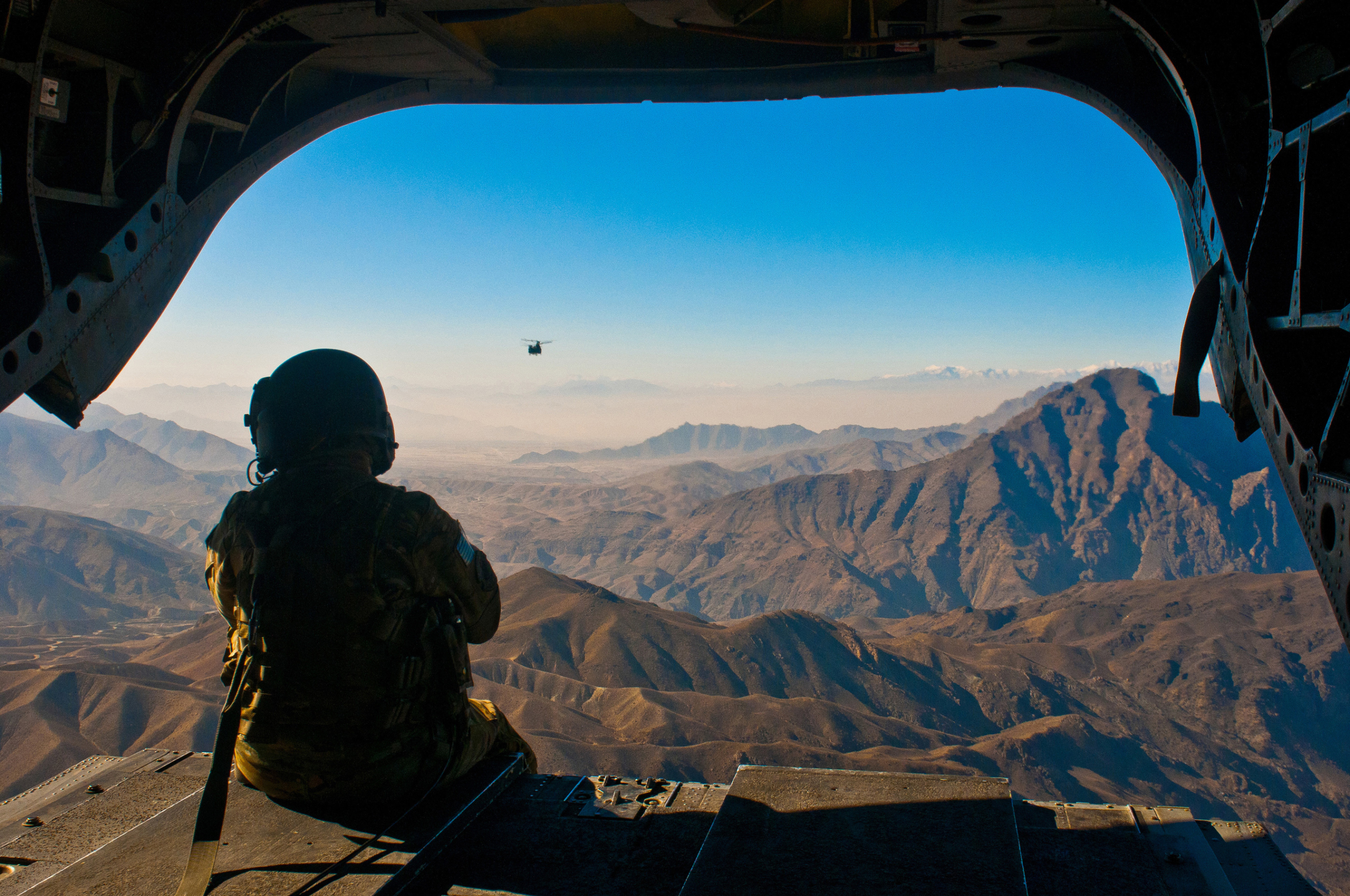Sign up for The Media Today, CJR’s daily newsletter.
One year after the end of World War Two, Dwight D. Eisenhower, while serving as Army Chief of Staff, gave one of his most famous lines, to the Canadian Club in Ottawa: “I hate war as only a soldier who has lived it can, only as one who has seen its brutality, its futility, its stupidity.” It’s a sentiment I’ve heard echoed by many military officers since. It is not a sentiment I have ever heard at a press club.
A giddy excitement burns through newsrooms when there’s talk of a military action. War has built-in drama, pathos, characters, heroes, villains, patriotism, action – not to mention gripping images, the kind civilians will never witness firsthand.
Generations of reporters have travelled to war zones to gloriously “bear witness,” thanked all the while for their bravery, documenting battles and their aftermaths. We give play-by-plays of skirmishes, document derring-do, and photograph the limbless and lifeless victims.
What we often fail to do is step back and reflect on the meaning of the larger war, and its likely legacy. Patriotism plays a part, especially if a reporter is covering troops from their own country. And then there’s the inconvenient fact that journalists gain a lot out of covering wars. These are career-making assignments, sure to win accolades and awards. And while covering war is anything but easy, it’s not hard to find good stories that will move audiences.
What few editors want, though, is the big picture analysis. That’s seen as the realm of academics and pundits. When I speak to young journalists about covering war, I compare it to being assigned to cover a forest clearcut. One can get gripping images of loggers dripping sweat, brandishing huge saws. Details about the animals losing their homes will draw in readers. And the whirring of blades and thud of trees falling make for compelling sound. But if you get lost in the minutia of the details of the clearcutting process, you might miss the disappearing forest for the trees.
By many accounts, Afghanistan was an untenable fight, against local forces that have outgeneraled armies for centuries. Politicians and military officers made the decisions to invade, and they decided how that occupation would play out. But many of us who have reported on the war stepped into the trap reporters often fall into, entranced by the drama of battles and the spin of military leaders.
Erik Slavin, an editor at Stars & Stripes, did a content analysis of coverage of the Afghan war in the New York Times and the Wall Street Journal during the first year of the invasion and in 2018, when he conducted the study. His findings were illuminating. Using “framing theory” established by political scientist Shanto Iyengar, he categorized coverage as falling into either “episodic” or “thematic” frames. Put simply, episodic focuses on individuals and stories, often responding to breaking news events: trees. Thematic, by contrast, looks at events in the context of larger trends: forest.
What Slavin found was that episodic framing was most common, with “each paper most often [writing] about Afghanistan in terms of military movements, engagements between coalition forces and combatants, and the Afghan security force apparatus, in both 2002 and 2018.” The lenses of terrorism and violence were most often employed by the papers, and the author found few efforts to question authority in the first year of the war, “although by 2018 the Times was more willing to question those in positions of power on their decisions in Afghanistan.”
I’ve covered wars since Bosnia, for public radio, national newspapers, and TV magazine shows – and I’ve been as guilty as anyone. In 2008, I was asked to produce a story for 60 Minutes about the challenges the 101st Airborne was having at a remote forward operating base near the Khost-Gardez Pass. This critical road through the Sulaiman Mountains is an important trade route, and the US was spending hundreds of millions to pave it, in hopes of fostering trade and development in Afghanistan. Insurgents, bent on quashing those efforts to open up Afghanistan to the world, were bombing the road regularly. It seemed like a compelling policy story about development efforts, the important role the military can play, and the historical challenges of the K-G Pass, which was the site of regular attacks during the Soviet invasion in the 1980s.
The resulting thirteen-minute piece spent about twenty seconds on the road, and most of the rest of the time focused on gripping video of a firefight captured by my cameraman, some home video filmed by the insurgents, and interviews with US soldiers at the base.
In hindsight, we could have produced a much more nuanced story about the futility of this military assignment, rather than a heroic profile of what was clearly a quixotic mission. Would we have been branded anti-American? Perhaps. Would our access to future FOBs have been curtailed? Possibly. Would fewer audiences have watched a piece with less bang-bang and more analysis? Probably.
None of those arguments, though, should deter war reporters from stepping back and bringing their hard-earned credibility to stronger questioning of the purpose of this war – of any war. If we had done more of that over the past twenty years, both the public and policymakers might have taken longer, deeper pauses as US and other forces stumbled their way through America’s longest – and possibly least successful – war.
Has America ever needed a media defender more than now? Help us by joining CJR today.



